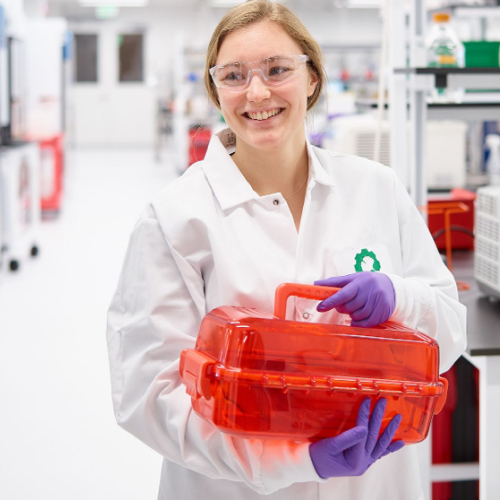The sight of humans riding on horseback for the first time must have been a startling sight for onlookers. One wonders what those onlookers made of the event. An objective observer might have noted that the harnessing of a natural organism for personal transport was a major step forward for our species. A forward-looking observer might have predicted that we would soon be able to construct new and better horses to carry us farther, faster, and in more comfort than the horses of the day. Such hopes might have been questioned by a pessimist convinced that something as complex as a horse would never be fully understood, nor significantly improved upon.
And so it is today with Biotechnology. We look with awe at the skill and determination that has harnessed microbes for a small set of notable achievements — among them, microbes producing insulin, propanediol, artemisinic acid, and soon, biofuels. These applications make use of engineered microbes that we harness, yet do not fully understood. Optimists look to a day when our models of how cells operate are practically complete, such that we can reliably engineer microbes for such applications as patterning semiconductors, cleaning up oil spills, or killing tumors. A more pessimistic group of observers might suggest that self-reproducing natural systems are too complex for us to ever fully understand or be able to manipulate with ease.
The optimists (and yes, we at Ginkgo are optimists!) can point to developments in horse-powered personal transport as a model for biotechnology to follow. The complexity of interacting with horses was gradually reduced through breeding, the introduction of standard interfaces (saddles and reins), decoupling of power generation from support (horse-drawn carriages), the replacement of horses for power generation by steam engines, internal combustion engines, and most recently, electric motors.
We imagine chipping away at the complexity of making use of microbes in a similar fashion; gradually replacing those aspects of living systems that we do not understand with rationally designed components and subsystems that we understand and can manipulate. We are already seeing such advances at the subsystem level and at the genome level.
Will such mastery of biotechnology occur on a timescale as long as that of personal transport? We think it will happen faster, that our improved understanding of engineering principles like standardization of components, abstraction, modularity, and composability, combined with our new found ability to read and write DNA will allow us to make great strides in short periods of time. How and why such a transition will occur will be a recurring theme of this blog.
